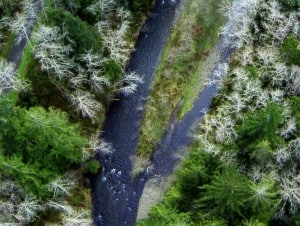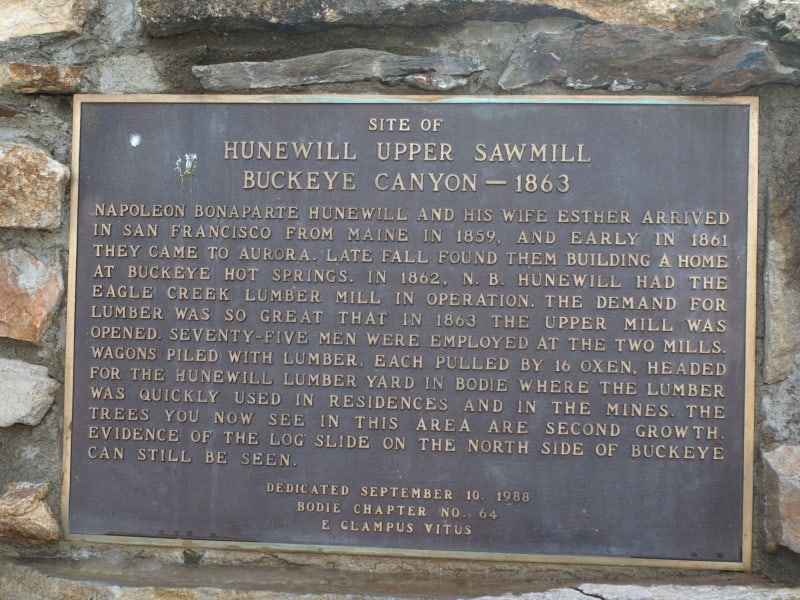Agency press release from yesterday….
Release No. 0087.15
Contact:
Office of Communications (202)720-4623
U.S. Forest Service Partnership Effort Improves Health of America’s Forests
Program has supported 4,300 jobs per year, improved 1.45 million acres of America’s forests since 2010
WASHINGTON, April 7, 2015 — The U.S. Forest Service announced today that 1.45 million acres of America’s forests and watersheds – an area larger than Delaware – are healthier as a result of collaborative partnerships to reduce the risk of catastrophic wildfires.
Authorized for 10 years through the 2009 Omnibus Public Land Management Act, the Collaborative Forest Landscape Restoration Program (CFLRP) was created to emphasize partnerships between government and local forest workers, sawmill owners, conservationists, businesses, sportsmen, outdoor recreationists and others to improve forest health and promote the well-being of local communities.
“Collaboration is working. CFLRP demonstrates that we can bring together forest industry, environmentalists, local communities and others to produce healthier forests while producing a sustainable timber supply for local mills,” said Agriculture Under Secretary for Natural Resources and Environment Robert Bonnie. “This long-term investment gives our partners the confidence to fully engage in restoration activities. The collaboratives expand Forest Service resources – generating over $76.1 million in matching funding from partners in the past five years, and with continued support we expect this number to grow over the next five years.”
“The Collaborative Forest Landscape Restoration Program is a groundbreaking approach to improving our nation’s forests, making communities safer and bolstering local economies,” said Forest Service Chief Tom Tidwell. “The Forest Service is anchoring projects across the country with more than 200 local partners to restore our forests and support our local economies.”
Since 2010, the Collaborative Forest Landscape Restoration Program has brought local communities and timber companies together to improve forests conditions across 23 high-priority project sites, from Florida, to Missouri, to Washington State and places in-between. The coordination with local partner organizations is essential to getting substantial work done.
The program’s restoration activities have resulted in part:
- More than 1.45 million acres of forest more resilient to the effects of catastrophic wildfire,
- More than 1.33 million acres of wildlife habitat improved,
- More than 84,570 acres of forest lands treated through timber sales,
- More than 73,600 acres treated for noxious weeds and invasive plants,
- Supporting 4,360 jobs in local communities each year.
Under Secretary Bonnie said the Collaborative Forest Landscape Restoration Program is improving the health of forests and rural communities by exceeding five-year targets for production of forest products. The Forest Service set a five-year goal for CFLRP projects of 1 billion board feet of timber sold and has exceeded that by nearly 25 percent.
“The restoration challenge is significant. We are making a difference in the forests and in surrounding communities,” said Chief Tidwell.
“This program demonstrates the value the Forest Service places on collaboration and on-the-ground achievements,” said Steering Committee member Dylan Kruse of Sustainable Northwest. “The last five years have proven that listening to diverse interests and providing smart investments pays off for measurable improvements across the landscape.”
More information on the five-year report and links to project factsheets can be found athttp://www.fs.fed.us/restoration/CFLRP/index.shtml.
The mission of the Forest Service, part of the U.S. Department of Agriculture, is to sustain the health, diversity, and productivity of the Nation’s forests and grasslands to meet the needs of present and future generations.
#


